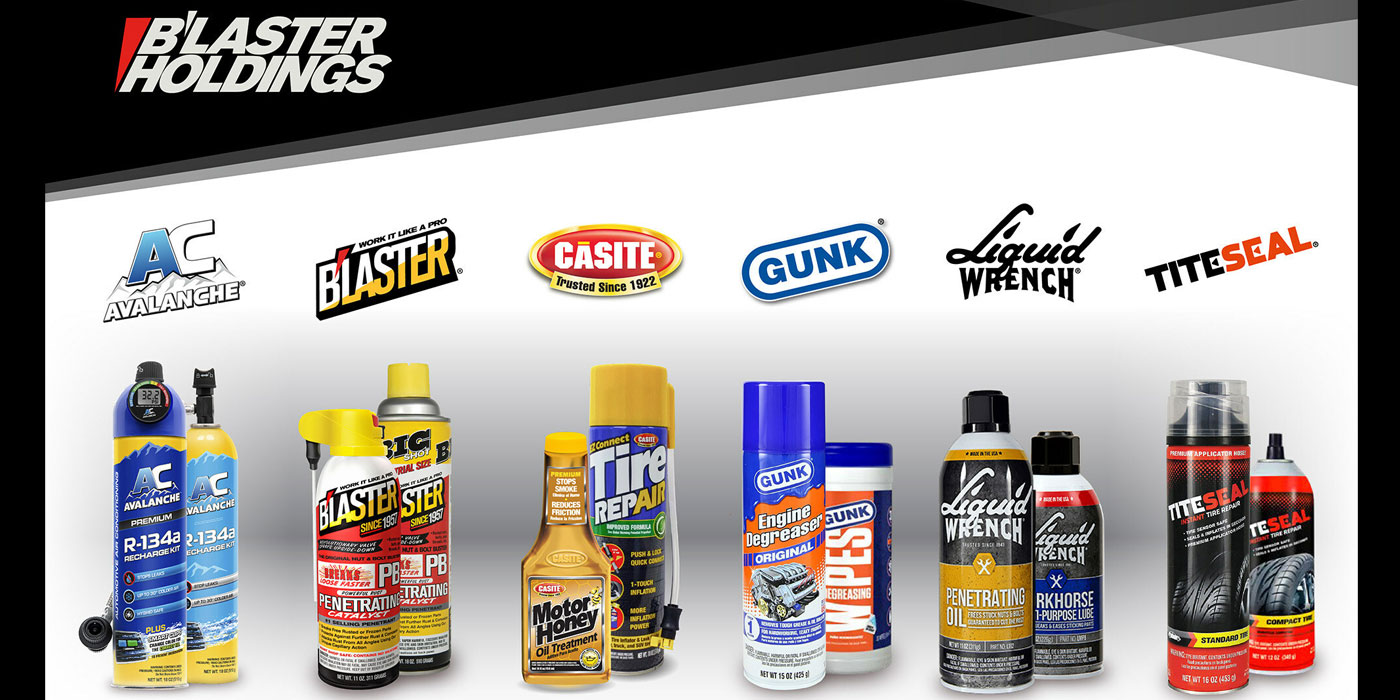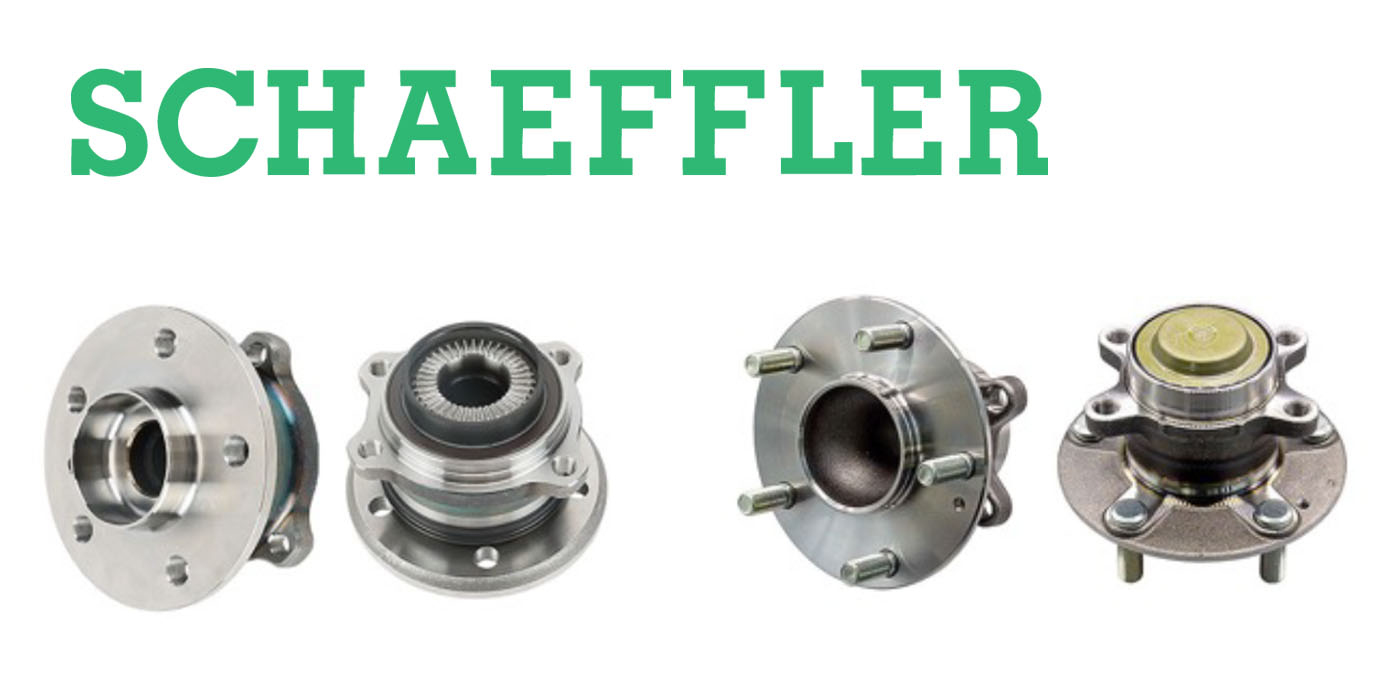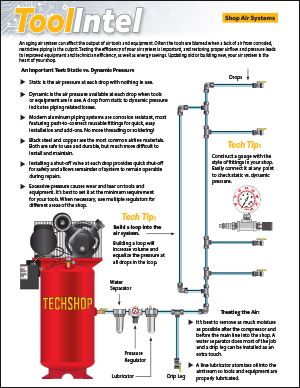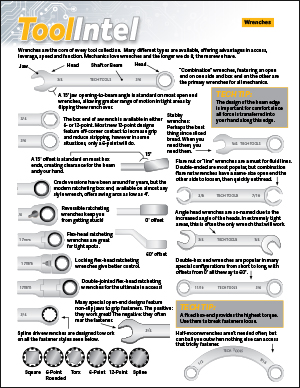By Steve LaFerre
Senior Editor
TIRE REVIEW Magazine
I live in the snow belt, so I am well used to those days when a simple 45-minute drive to, say, take the kids to the circus can become a frightening eight-hour return trip. Around here, two hours of clowns and elephants is long enough for Mother Nature to hammer us with two feet of “partly cloudy.”
Northeast Ohio is not all of America – other regions see far worse – but anyone living and selling tires in snowy areas will understand the difficulties of dealing with drivers with multiple drivetrain vehicles.
Obviously, the best way to safely navigate winter’s fury is with winter tires, traction control and AWD capabilities. Right now, that combination is rare.
But, we have all seen the pickup drivers who think 4WD and all-terrain tires make them invincible, and the guys who think 500 pounds of sand over the back axle of a 2WD car or truck will solve snow, slush and ice traction. That’s not to say 4WD or 2WD is a bad thing, but helping these people through winter is a chore for any tire dealer.
Speaking of 4WD, how did snow belters ever get along without it? What used to be the exclusive domain of work trucks is now standard on family SUVs. I went in that direction when I unloaded a 2WD Blazer for a 4×4 model in 1994 and, later, a 2001. I’m in the market for another.
Although I don’t require a boulevard ride, I do buy P-metric tires with a somewhat aggressive tread design for a 75 series tire. Not only do I want to get rid of snow with a good, self-cleaning tire, there is also the matter of getting rid of water if I’m caught in a cloud burst or a muddy day off road.
Some 4WD owners add a lift kit and paddle-type tread for serious off roading. Problem is these tires are so loud on-road you can’t hear yourself think. And, these drivers spend more time on pavement than dirt and mud. I’m OK with the macho look, and I’ll be the first to admit that they look pretty damn cool. But, some drivers – with no intention of going off road – buy these tires thinking they will deliver better wet and snow traction. Are we doing a good job directing these customers?
Looks vs. Performance
Here’s another thing I can’t understand: What makes 4WD customers who slap on low-aspect HP/UHP tires think they can drive in the snow? We see this all the time up here, but it just doesn’t work. These are great customers because they are willing to drop serious dollars on the “right” tire and wheel for looks. But, are we shorting them by not making sure they have the right rubber when December comes around?
One more gripe. You equip a 4WD with appropriate tires for snow and water and everything in between. Everything is fine…until you rotate the tires. Too many times a tire suddenly subjected to rolling in the opposite direction will generate a new, unwanted set of harmonics, not to mention a bumpy ride and uneven treadwear. All this leads to is one unhappy driver. Ask your supplier if it tests opposite-direction noise levels and wear after the tire is rotated.
Also puzzling are AWD owners. Generally, these vehicles are equipped with ABS and traction control, too. Supposedly, the OE tires are designed to move the vehicle through most (not all) snow and slush conditions. But, if you sell a more aggressively treaded tire, these customers will be all over you before the first snowflake hits the ground. “These tires are too noisy,” they’ll holler.
Your best bet in each of these situations is to ask drivers what kind of driving conditions they normally encounter and what kind of noise they will tolerate on snowless streets. These people shelled out a lot of money for a high-dollar ride, so, in all likelihood, they are going to give you a lot more feedback – faster – than, say, the owners of Chevy Impalas.
Start With the Customer
The key rests with the preferences of vehicle owners. That’s where you begin with multiple-wheel-drive vehicles. Don’t start with the vehicles; start with the owners, and work backwards to recommend the right tread designs and sizes to keep them happy and safe.
Owners of true 4WD vehicles feel they are less likely to get stuck in snow or mud. While that may or may not be fact, these people have made a conscious decision not to get stuck. As long as it is not otherwise detrimental to the vehicle or their safety and comfort, you should consider selling these customers aggressive all-terrain and/or mud-terrain type tires. Some of them may want to replace their OE P-metric sizes with LT sizes.
Don’t argue with them, but you still need to guide them carefully through the sale. Some may be convinced that beefy, knobby treads will serve them best in the winter. We know that these – and LT-metric sizes – will deliver rougher, noisier rides. If it’s traction they want, direct them to the best combination of grip and comfort.
With my newest Blazer, I have some wonderful shift-on-the-fly drivetrain options. I can go from 2WD to 4WD and even AWD in a snap. What’s the best tire to handle all of those drivetrain options?
Fortunately, as tire dealers, you have a vast arsenal of tires to fit many customer needs. You can go with big brands, well advertised products or something less expensive. But, don’t make the mistake of taking customers lightly. You’ll be able to sell up easier than down.
AWD vehicle owners are different. These customers are more difficult to please because they want everything. They’ve already spent a ton of money on an AWD vehicle – car or crossover – and they don’t want any cabin noise to interfere with their nine-speaker Bose system.
Once again, you will be able to sell these owners more expensive, more aggressive tread designs, along with the supplier’s promise of less noise on dry pavement. Don’t forget that during the winter season drivers will see clear, dry pavement far more than treacherous streets. So, the tire you sell has to perform on snowy, dry and rainy days.
As you talk with owners of 4WD and AWD vehicles, remember that these drivers are alike in at least one way. Their drivetrains always send power to the wheels with the most traction, but an AWD vehicle has no 2WD switch; it is always in AWD mode.
Other Considerations
Pay special attention to vehicles that operate in AWD, only because they will tend to wear out tires faster than the 4WD owner who can switch to 2WD. This is basic tire science.
You already know this, but it bears repeating: Drivers who run in 4WD know they can literally watch the fuel-gauge needle drop when they switch drivetrains. A switch back to 2WD lowers fuel consumption dramatically.
Don’t forget this, either. Being equipped with 4WD or AWD and traction control and ABS doesn’t make vehicles foolproof. But, those features do make vehicles safer in horrific weather conditions – including ice.
Nevertheless, if drivers manage to lock up all four wheels, the vehicles become free-sliding, free-wheeling bricks. The laws of physics don’t change for AWD or 4WD vehicles. The point: No matter what tires you sell to owners of multiple-drivetrain vehicles, remind them that all that technology – including the most expensive, foul-weather tire in your warehouse – is not 100% foolproof.
Yes, your customers will get better traction and be safer with such rigs. But, that will only happen if they really understand vehicle dynamics, the laws of physics and use common sense. How many times have I been passed by a 4WD Cadillac Escalade doing 80 mph in a “white out?” Plenty.
For those of you in the South who regularly encounter heavy rain, you know what I’m talking about. In so many ways, you are no different than us snowbirds. Your road water is just warmer than ours. All of us must make good driving – and tire – decisions.
You cannot save people from themselves, but by carefully instructing your customers about the benefits of the right tire for their requirements, you can put them in the best position.














